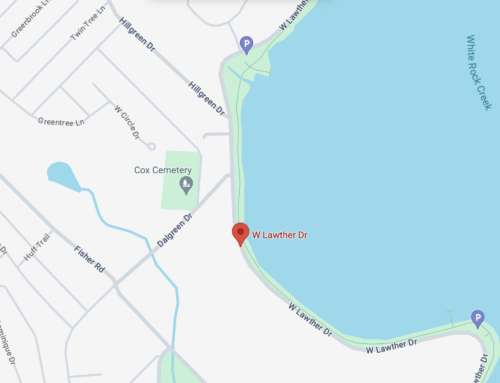Both Lake Highlands and Oak Cliff residents voiced a number of arguments when opposing the Dallas Housing Authority’s recent roll-out of 160 new permanent supportive housing units. But when the dust settled, their main argument was this: Spread subsidized housing throughout the city so that our neighborhood doesn’t have more than its share.
It’s clear that, currently, the number of subsidized housing units per Dallas council district is not equal (remember this chart from yesterday’s post?). And Dallas Housing Authority CEO MaryAnn Russ says the DHA “gets” that this reality can be frustrating. “We understand that no one neighborhood wants everyone in their neighborhood,” she says.
The DHA is taking steps to change its rent structure to give its individuals and families more choices with rent subsidies based on zip code. “We’re trying to run our program more like the private market,” she told the Oak Cliff Chamber of Commerce quality of life committee last week. And as the DHA seeks proposals for 350 more permanent supportive housing units for the formerly incarcerated and homeless (which will be announced in December), it will give higher scores to zip codes with lower numbers of subsidized housing units.
Even so, Russ says, “I think it’s very unlikely that we’re going to end up with [permanent supportive housing] units in [Councilman] Ron Natinsky’s neighborhood.” That’s because in order for an apartment complex to become home to permanent supportive housing units it needs two major things, Russ says: 1) a landlord who wants to participate; and 2) a service provider who has a track record with the identified group (such as Housing Crisis Center for Trinity Palms in Lake Highlands or LifeNet for Cliff Manor in Oak Cliff). The complex also needs to pass the DHA’s property inspection (during the last go-round, proposals came from properties in West Dallas and South Dallas that did not meet inspection, Russ says), and the DHA takes crime rates into consideration for reasons we’ve already discussed.
Property inspections and crime rates wouldn’t be a problem for complexes in upscale areas, and the service providers will go wherever they are needed. But it’s not likely that a landlord with an attractive property would be interested in participating in the DHA’s permanent supportive housing program.
Similar problems face the the new zip code rent structure. Even though residents who qualify for Section 8 vouchers will receive quite a bit more money for rent in high-end zip codes, they still face two major obstacles: 1) credit checks, and 2) security deposits. Landlords are entitled to treat voucher renters the same as they do their other residents, Russ says, and often, for more expensive properties, the credit checks are stringent, and the security deposit can be as much as two months’ rent (and the government does not subsidize security deposits, Russ says). Not to mention that some neighborhoods simply have fewer rental properties.
That’s why the DHA’s attempts at equalization will probably never quite result in equality. At the end of the day, if landlords can fill their complexes with non-voucher customers, or aren’t interested in converting units into permanent supportive housing, “we can’t make people take the rent,” Russ says.
This post is part of a series on subsidized housing. Previous posts discussed the city’s role in subsidized housing, including how much influence our neighborhood councilmen had on the most recent permanent supportive housing decisions, and new DHA structures that aim to even out where subsidized housing is located.





